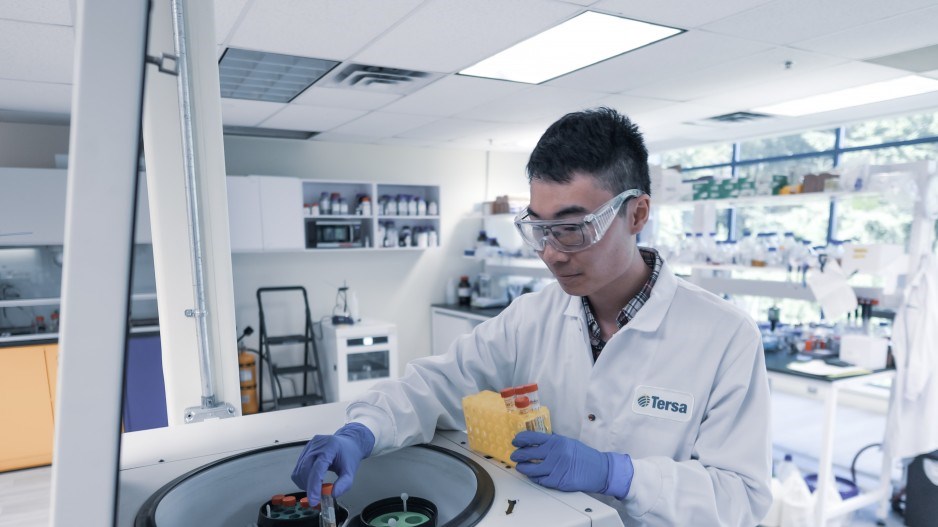There’s a new gold rush, with tailings ponds replacing riverbeds as a metal source for modern-day prospectors.
Tailings – waste produced by mining operations – have until recently been considered waste, and an environmental liability that needed to be monitored and remediated.
But academics and mining industry stakeholders are taking a closer look at the value that may be stored in the tailings ponds of sa国际传媒-based mines.
Copper and gold, for example, make up the majority of the metals found in tailings, at 46 per cent and 21 percent, respectively. But this waste can also includes iron, nickel, coal and other metals, according to the International Council on Mining and Metals.
In total, Natural Resources sa国际传媒 estimates that there is $10 billion in metal value waiting in Canadian gold-mining waste. So why not mine it?
Several companies have entered the race to develop and commercialize technology to help reclaim this value and extract minerals from tailings ponds.
Burnaby-based Tersa Earth Innovations has developed a way to use micro-organisms to filter out metal, including gold and copper, from waste. The company’s bioelectrical fuel cell uses the action of micro-organisms to generate an electric current that pulls out dissolved metals. It does this in a continuous flow process as opposed to the batch-process method used by many other companies.
“Our uniqueness is two-fold. One is the type of micro-organisms we use. So we have specifically engineered these microorganisms to behave in a particular way. The second is the way in which we have assembled and constructed our system that allows them to be operated in a continuous manner,” said Vikramaditya Yadav, CEO of Tersa Earth.
Tersa Earth is not the only company using micro-organisms to filter metals out of tailings ponds. Toronto-based BacTech is using bacteria to extract an estimated $27 billion worth of metals from Sudbury mine waste.
Aside from biotech solutions to extract metals from tailings ponds, companies are also utilizing chemical solutions. Phoenix Tailings, a company associated with the University of sa国际传媒icut, developed technology that uses a chemical compound to extract various materials from tailings ponds.
The business model behind mining mine waste can depend on the mine, said Yadav. For orphaned mines, Tersa Earth is able to retain 100 per cent of the value they extract. For active mines, Yadav said he hopes to license his company’s technology and profit-share with the mining project.
This new gold rush has been made possible by the closing of a technological gap, thanks to life sciences.
“That entire toolbox is synthetic biology. The way in which we are contemplating and using systems did not exist in its current form as recently as 10 years ago. It has really flourished because of enabling developments in the life sciences,” said Yadav.

